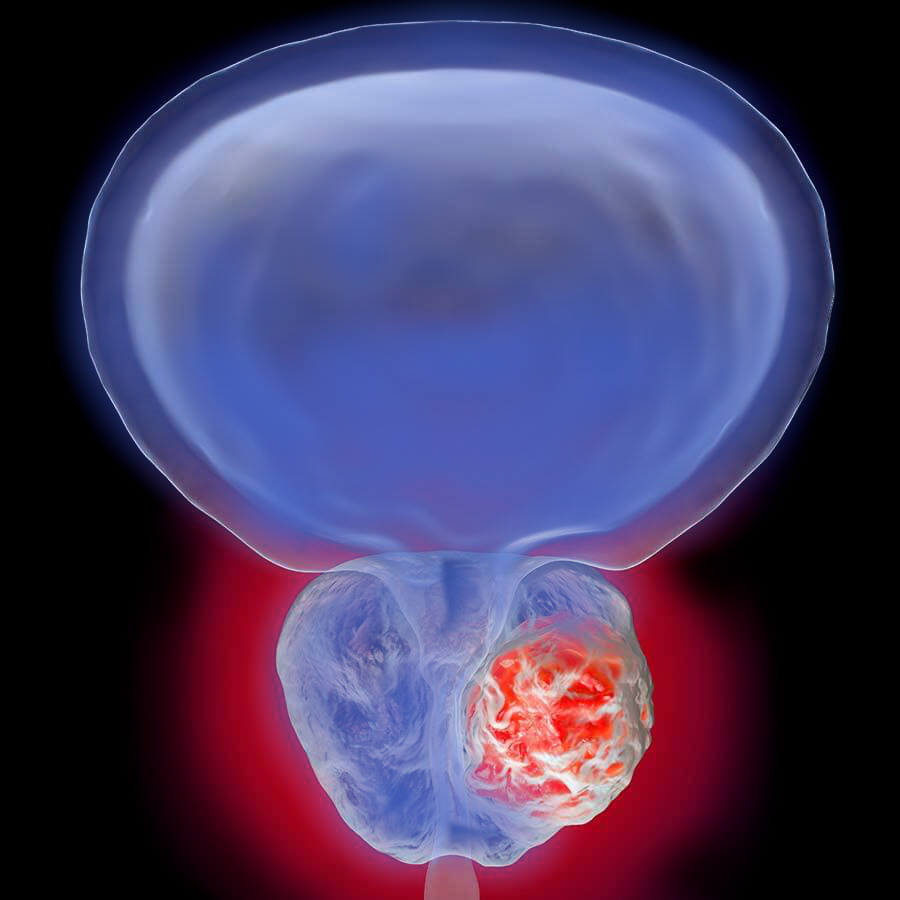Introduction
Multiparametric MRI (mpMRI) has been well
recognized as an important tool in the man- agement of prostate cancer in various areas, including detection, localization, staging, and prediction of aggressiveness. Guidelines such as the revised Prostate Imaging Reporting and Data System (PI-RADSv2) emphasize that prostate MRI protocols should include not only T2-weighted imaging but also the func- tional sequences DWI and dynamic contrast-enhanced MRI (DCE-MRI). It is notable, however, that unlike in the original PI-RADS, in PI-RADSv2 DCE-MRI is considered to play only a minor role (secondary sequence in the peripheral zone [PZ] and not included in evaluation of lesions in the transition zone [TZ]). Investigators have taken a further step and used biparametric MRI (bpMRI) protocols consisting of only T2-weighted imaging and DWI ― in other words, omitting DCE- MRI―for the detection of prostate cancer and have had promising results.
The conclusion based on the current data displayed below is that the performance of bpMRI is similar to that of mpMRI for the diagnosis of prostate cancer.

